Wildflowers are one of the most beautiful parts of Nature, a palette of colors that paint the landscape.
Garlic Mustard, Alliaria petiolata is no exception. Clusters of small white four petaled, one of the early Spring bloomers, very pretty and very delicate looking. So why do I pull them up whenever I see them growing? Well, because they’re an invasive species of plant. Invasive species are plants that aren’t common to an area, they spread quickly and overwhelm the native species that commonly grow in a certain ecosystem. Some invasive species can actually produce chemicals that invade the soil around them and prohibit native plants from growing. They assure the survival of their own species and eradicate the native plants that inhabit the area. Like most invasive species of plants Garlic Mustard is not fed on by insects or herbivores such as deer and rabbits. This aids in their ability to anchor themselves in an area and eventually wipe out all other species of wildflowers and grasses. This continues up the food chain as well. Once the plant becomes established insects that feed on or nested in the native plants begin to disappear and in turn birds that fed on those insects disappear. It’s amazing on how one simple plant can have such a negative effect on an ecosystem.
The plant is however edible for humans and is why it was introduced here to North America in the first place.The seeds and leaves are both edible and can be ground or chopped to be used as seasonings. When trying to identify Garlic Mustard look for plants with small white flowers no more than one quarter inch wide in clusters on the ends of the plant stem. Each small flower has four petals. The leaves on the plant are alternate on the stem, with long leaf stalks and are egg shaped to triangular in shape. The leaf itself is coarsely toothed and measures up to six inches long. One good method to identify the plant is to crush a leaf between your fingers and check for a garlic aroma. Garlic Mustard can reach a height of three feet and is usually found along roadsides, open woodlands and waste places, flowering from spring to early summer.
If you can positively identify the plant it’s best to pull it up by the roots and dispose of it. Another method which is less destructive to the soil is to cut the stem at ground level. Place all the pulled or cut plants in a garbage bag for disposal or if permitted in your area burn the collected plants.
Above all else please make sure you have a positive identification before you harvest any plants in the wild.






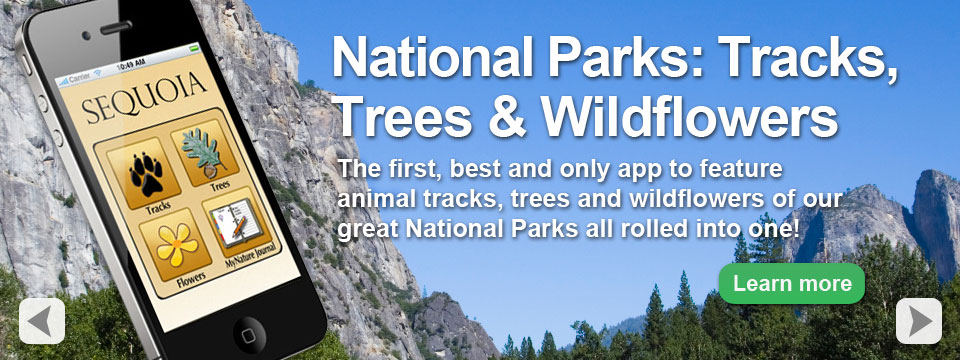
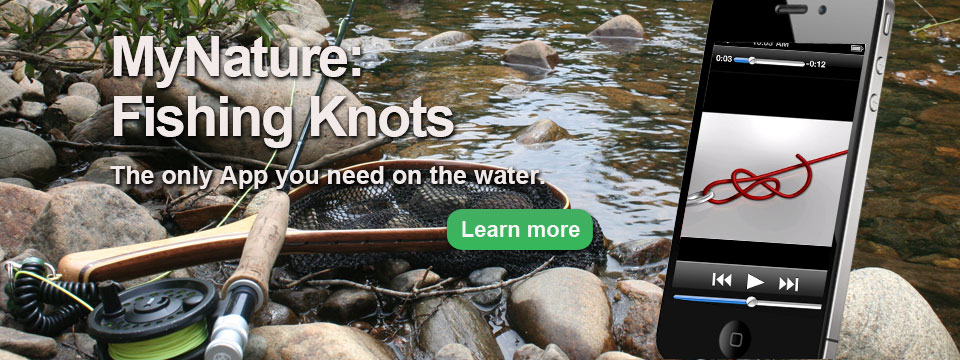

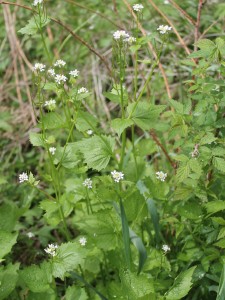
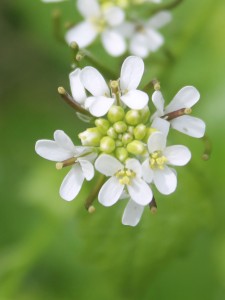



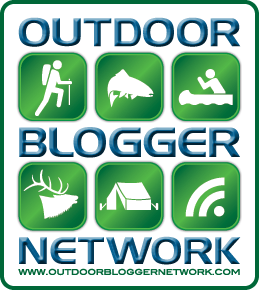

What Others Have to Say